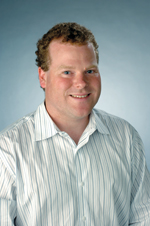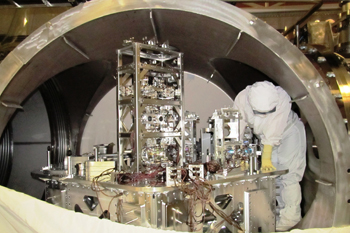A&S Scientists Explore Protein Droplets as a New Way to Understand Disease
When we are young and healthy, our cells successfully monitor and manage our worn-out or damaged proteins, keeping things working properly. But as we age, this cleanup system can falter, leading to protein clumps linked to neurodegenerative diseases such as…



